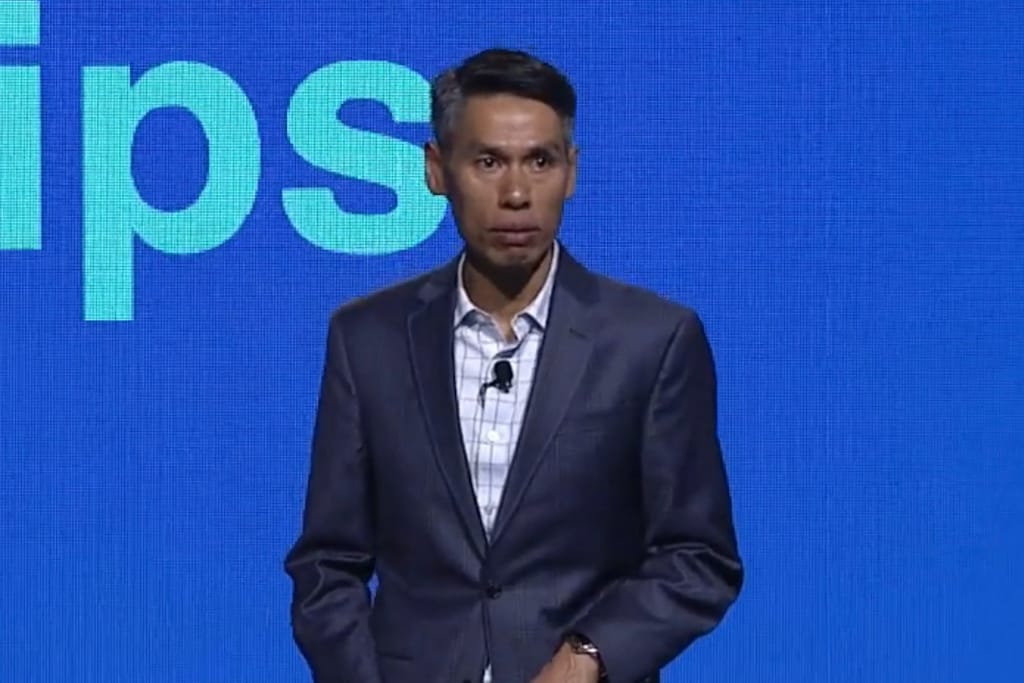Public–Private Partnership Model ‘Most Effective Way’ to Address Digital Divide: AT&T Rep
The company’s president of broadband access and adoption initiatives lauded AT&T’s public-private partnerships.

The company’s president of broadband access and adoption initiatives lauded AT&T’s public-private partnerships.

September 28, 2022 – Touting its fiber build in an Indiana county, an AT&T representative said Wednesday that public–private partnership models for broadband expansion are the “most effective way” to bridge the digital divide.
Speaking at the Mobile World Congress in Las Vegas, Jeff Luong, president of the telecoms giant’s broadband access and adoption initiatives, said broadband builds should incorporate multiple revenue streams and allow local communities to adapt to their own unique circumstances.
Luong said his preferred model blends public funds with private funds and the localized expertise of community leaders with the technical expertise of companies like AT&T. He said that AT&T has contracted to build fiber networks using the public–private partnership model in several states, including Indiana, Louisiana, and Texas.
Luong highlighted his company’s partnership with Vanderburgh County, Indiana, where AT&T is building a fiber network. The deal was struck last year and is scheduled to be completed in 2023. AT&T will own and operate the network, investing $29.7 million to the county’s $9.9 million. The county’s contribution comes from the American Rescue Plan Act.
And while he acknowledged the importance of federal investments, Luong emphasized the role of private investments in expanding broadband.
“The bulk of network investment comes from the private sector,” he said. “The upcoming federal [Broadband Equity, Access, and Deployment] program has $42 billion to spend on broadband over four plus years. Let’s not forget the top three mobile carriers have [a] combined capital expenditure of more than $50 billion in just this past year,” he said.

Senators confront Carr on broadcast influence, consolidation, and FCC independence

Leaders from the Vernonburg Group, Ookla, NextNav and Broadband Breakfast discussed linkages between spectrum, AI, BEAD and affordability.

In a separate study, Ookla found median fixed wireless speeds from the mobile carriers decreased in 2025.

AT&T had asked a judge to block a beta version of the tool that asked prospective customers to log into their accounts with other carriers.
Member discussion